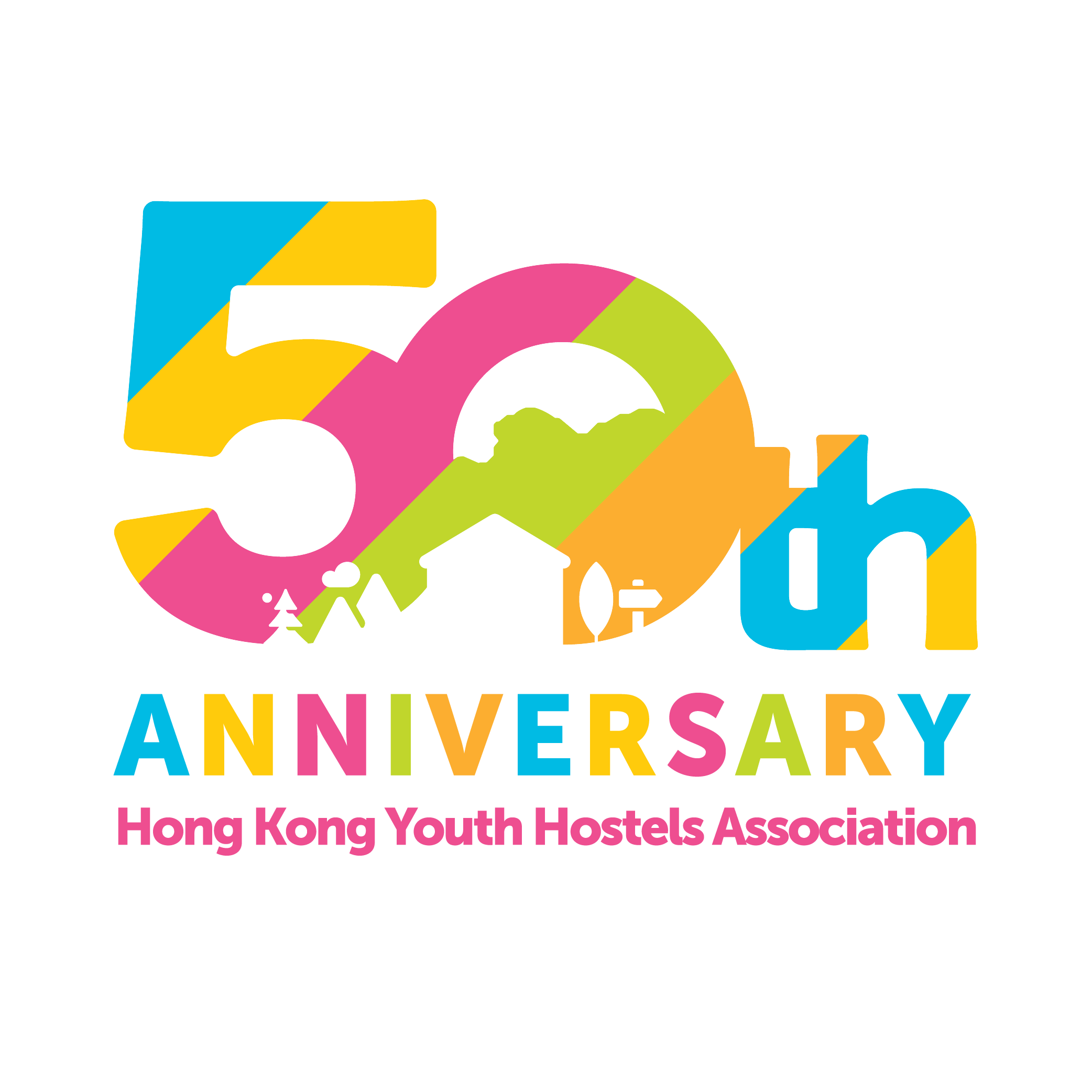BACKGROUND INFORMATION
Origin
With an aim to promote heritage conservation and rejuvenate historic buildings, the Commissioner for Heritage’s Office (CHO) under the Development Bureau of the Hong Kong Special Administrative Region Government launched in February 2008 Batch I of the Revitalising Historic Buildings Through Partnership Scheme (Revitalisation Scheme), under which seven historic buildings including Mei Ho House were chosen.
With our expertise in operating youth hostels, our strong network in Sham Shui Po, Shek Kip Mei and with Hostelling International, and our previous experience in converting old buildings into youth hostels, Hong Kong Youth Hostels Association (HKYHA) beat 16 competitors and was selected as a partner of Batch I of the Revitalisation Scheme to conserve and transform Mei Ho House into a cultural landmark.
The Mei Ho House Revitalisation Project includes:
- YHA Mei Ho House Youth Hostel
- Heritage of Mei Ho House
- Mei Ho House Alumni Network
Missions
- To preserve features of Hong Kong’s early public housing through restoration, to pass down the historical, cultural and humanistic values of Mei Ho House, and to transform Mei Ho House into a cultural landmark of the local community.
- To set an example for revitalisation of historic buildings, and to facilitate collaborations among scholars, experts and inhabitants in promoting community-led conservation of historic buildings.
- To invite people from different walks of life to serve as docents of YHA Mei Ho House Youth Hostel in a bid to strengthen neighbourhood bonding.
- To boost economic growth of the local community by attracting worldwide travellers through the Hostelling International network.
- To create jobs for the underprivileged and develop the hostel into a sustainable community enterprise.
Significance of Mei Ho House
Historical
Shek Kip Mei Resettlement Blocks were built by the government in 1954 to rehouse the massive number of victims of the disastrous Shek Kip Mei Fire in the previous year. Mei Ho House was one of the first eight Shek Kip Mei Resettlement Blocks, which marked the commencement of Hong Kong’s public housing programme. The building witnessed the development of Hong Kong’s public housing and the evolution of the residents’ living environments since 1954.
Architectural
Mei Ho House is the only surviving Mark I H-shaped resettlement block in Hong Kong and the first design for public housing of the same category. Architecturally the ‘H’ block belongs to the modernist style with their long linear forms and strong horizontal lines formed by their continuous balconies. The optimal structural design and construction as well as minimum approach to detailing reflected the objective to provide minimum living standards for the Shek Kip Mei Fire victims within the shortest time.
Social
The launch of the Hong Kong public housing programme, with the completion of Shek Kip Mei Resettlement Blocks, saw tremendous impacts on society, livelihood, economy and education. The everyday life and pursuits of the people evolved around this unique spatial morphology, which in turn bred a close bond among the households.





